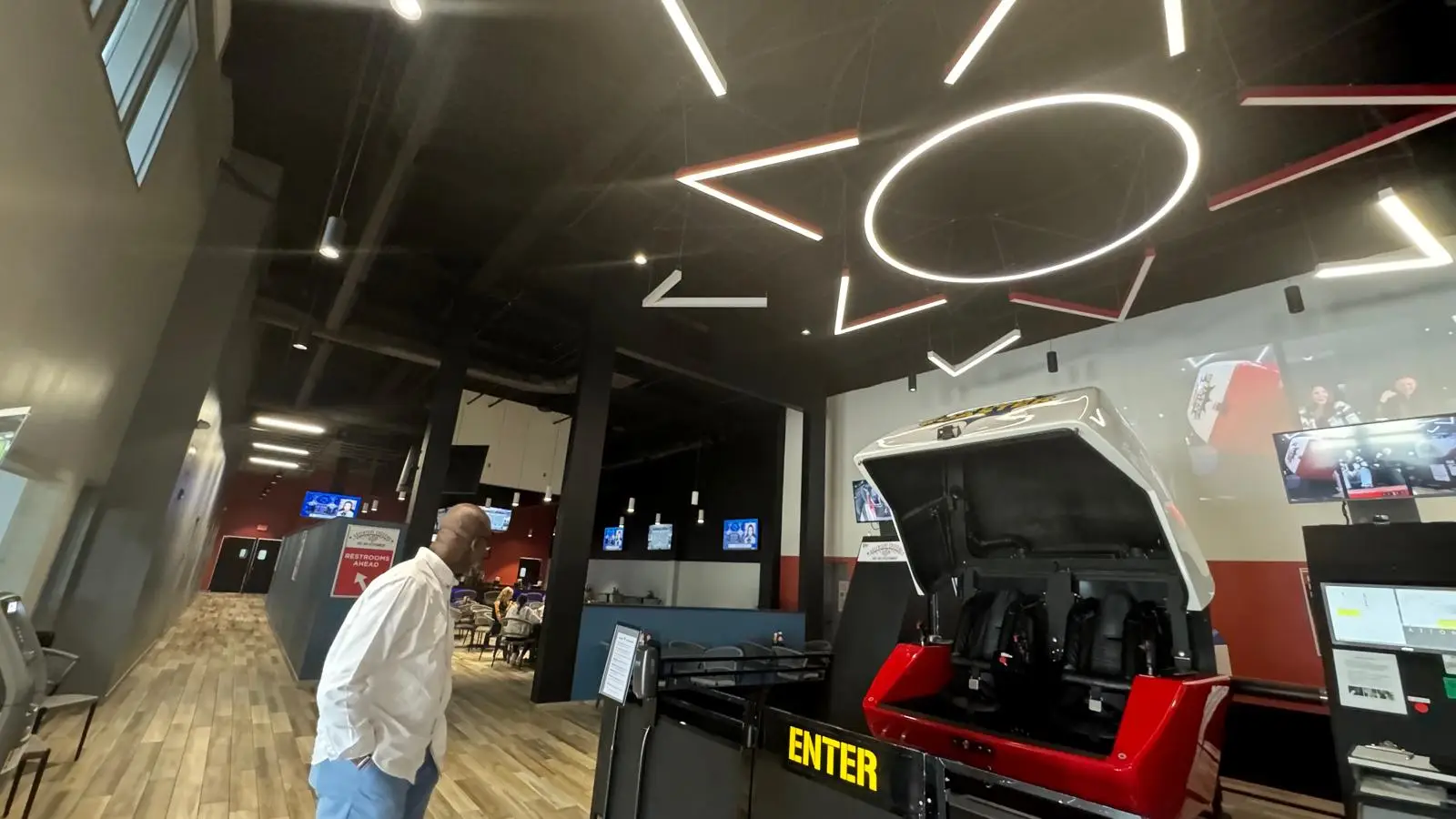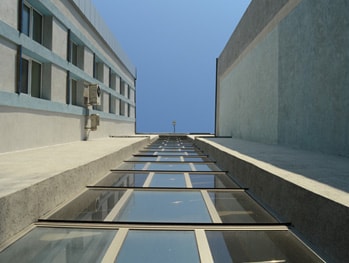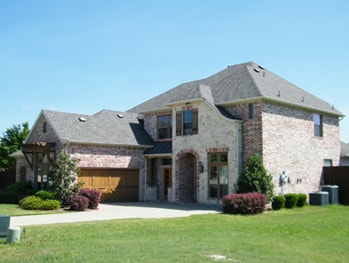8 Simple Ways PoE Lighting Control Enhances Energy Efficiency
In today’s world, energy efficiency is more important than ever. As we seek to reduce our carbon footprint while enjoying the conveniences of modern technology, Power over Ethernet (PoE) lighting control has emerged as a game changer in sustainable energy use. This blog explores eight straightforward ways PoE lighting control can boost energy efficiency, making it an attractive option for homes and businesses alike.
1. Understanding PoE Lighting Control
Power over Ethernet (PoE) lighting control is an innovative technology that allows electrical power and data to be transmitted over a single Ethernet cable. This integration simplifies installation and reduces the need for traditional wiring, making it a cost-effective choice for modern lighting solutions. PoE enables users to control their lights from anywhere, using a simple app on their smartphones or tablets. The flexibility of this system is ideal for both residential and commercial settings, paving the way for smarter energy management.
One of the fascinating aspects of PoE lighting control is how it caters to the evolving needs of energy efficiency. By integrating lighting with network infrastructure, businesses can better monitor and manage their energy use. This opens up new opportunities for smarter lighting schemes. As users begin to understand the capabilities of PoE, they’re realizing that controlling light levels dynamically can lead to significant savings on energy costs.
2. Automatic Dimming for Optimal Light Use
Automatic dimming is a standout feature of PoE lighting control, allowing for adjustments based on natural light levels and activity in a space. By utilizing built-in sensors, PoE systems can intelligently adapt to changes in the environment. For example, as daylight increases, lights can automatically dim to an optimal level, ensuring that energy is not wasted. This not only provides a comfortable ambiance but also significantly reduces electricity usage.
The ability to utilize dimming in various settings can transform environments from office spaces to retail stores. In retail, lighting can adjust based on foot traffic or the time of day, enhancing customer experiences while cutting costs. Additionally, in conference rooms or classrooms, lights can automatically adjust to meet the specific requirements of different activities, from presentations to collaborative work. The end result is a dynamic lighting strategy that promotes energy efficiency without sacrificing quality.
3. Centralized Management for Energy Monitoring
Centralized management is another powerful advantage of PoE lighting control systems. With a single interface, users can monitor and manage all aspects of their lighting. This comprehensive oversight makes it easier to identify energy consumption patterns and pinpoint inefficiencies. By seeing real-time data on energy usage, business owners can make informed decisions about their lighting strategies.
For example, if a certain area is using more energy than expected, adjustments can be made immediately. This not only saves energy but also reduces operational costs. Moreover, centralized management allows for easy scheduling of lighting based on business hours, further optimizing energy use. As organizations strive for sustainable solutions, the data-driven insights offered by centralized control become invaluable in honing energy efficiency.
4. Enhanced Scheduling Flexibility
With PoE lighting control, scheduling flexibility reaches new heights. Users can set lighting to turn on and off at specific times or integrate with building management systems to adjust automatically based on occupancy. This ensures that lights are utilized only when necessary, effectively reducing waste. Being able to control when lights are on allows businesses to align their energy consumption with actual use, leading to significant savings.
For instance, in an office setting, lights can be programmed to turn off after work hours or during weekends when the building is unoccupied. This straightforward scheduling capability translates not only to reduced energy costs but also extends the lifespan of the light fixtures. The ability to automate lighting schedules significantly enhances operational efficiency, demonstrating how small adjustments can yield substantial energy savings.
5. Sensor Integration for Smart Solutions
Sensor integration is essential to the smart capabilities of PoE lighting control systems. By incorporating motion detectors and daylight sensors, these systems can respond to actual conditions, adjusting lighting based on occupancy and available natural light. This proactive approach maximizes energy savings and enhances user comfort. In spaces such as restrooms or conference rooms, lights can turn on automatically when someone enters and shut off when they leave, ensuring energy is used only when needed.
Moreover, light sensors help maintain consistent lighting levels in response to fluctuations in ambient sunlight, allowing for a more stable and pleasant environment. This adaptive approach is particularly beneficial in office spaces with large windows, where sunlight can vary dramatically throughout the day. As users become more aware of energy consumption, the integration of such smart technologies further fosters a culture of sustainability.
6. Reduced Wiring and Installation Costs
One of the most immediately noticeable benefits of PoE lighting control is the reduction in wiring and installation costs. Traditional lighting systems often require complex and extensive wiring, which can be both time-consuming and expensive. With PoE, however, a single cable can carry power and data, streamlining the installation process significantly. This not only cuts down on material costs but also minimizes labor expenses, making upgrades more feasible for businesses.
Additionally, since PoE systems are often easier to install, this allows for quicker setup times. This can be particularly advantageous for new constructions or renovations, where time is of the essence. In turn, businesses can leverage their lighting control system sooner, reaping the benefits of energy efficiency without the long wait. Reducing installation costs can lead to an overall lower total cost of ownership, enhancing the appeal of PoE lighting systems.
7. Longer Lifespan of LED Fixtures
PoE lighting control typically uses LED fixtures, which are known for their energy efficiency and long lifespan. These lights consume significantly less power compared to traditional incandescent or fluorescent bulbs. Furthermore, with PoE technology, LEDs can operate under optimal conditions that extend their lifespan even further. By utilizing smart controls, LED fixtures can be dimmed or turned off when not needed, reducing wear and tear and maximally benefiting from their inherent durability.
This means fewer replacements over time, translating to lower maintenance costs and a decreased environmental impact due to reduced waste. In a world increasingly focused on sustainability, leveraging the longevity of LED fixtures through PoE lighting control becomes a key factor for businesses and homeowners alike. Investing in lighting that will last longer can lead to substantial savings, making it an attractive aspect of modern lighting solutions.
8. Scalability for Future Upgrades
Scalability is another significant advantage of PoE lighting control. As businesses expand or evolve, their energy needs may change. PoE systems are designed to easily accommodate additional fixtures or upgrades without the need for extensive rewiring. This allows for graceful scaling, ensuring that organizations can adapt to new strategies and technologies as they emerge, all while maintaining energy efficiency.
Moreover, this flexibility is particularly beneficial for technology-driven environments where new innovations are commonplace. As smart technologies evolve, businesses can incorporate upgrades into their lighting systems seamlessly. This aspect of scalability not only protects the initial investment but also fosters a long-term energy-efficient strategy. Adapting to future needs ensures that energy efficiency practices remain integrated as technology continues to advance.
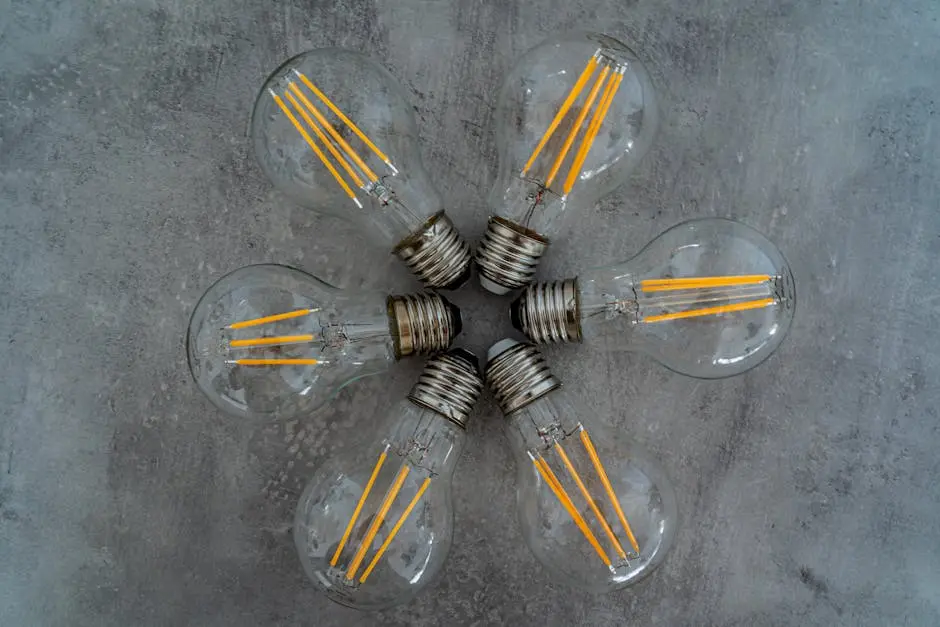
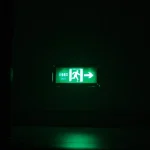 Previous Post
Previous Post Next Post
Next Post